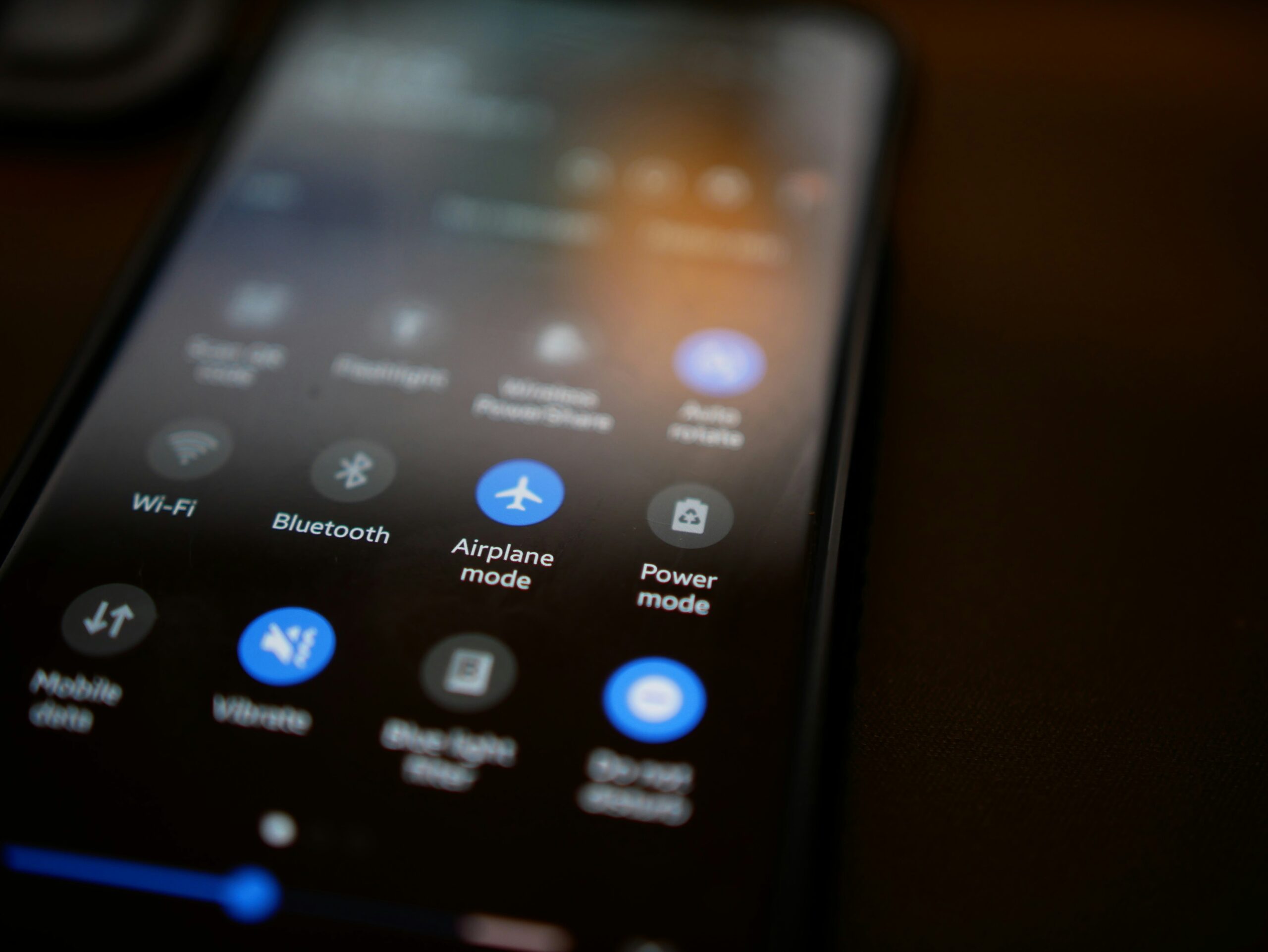One of the ubiquitous features on our phones (and laptops) is Airplane Mode. For a lot of us, it’s our go-to feature to fix network issues; just toggling the switch can be the difference bee for those who travel by air, it’s one of the toggles they activate when flying. While its primary purpose is clear – to disable cellular and Wi-Fi connectivity during flights – several myths surround its functionalities and effects. Let’s shed light on these common misconceptions:
Myth 1: Airplane mode significantly saves battery life.
Reality: While it’s true that searching for signals can drain your battery, the impact is often exaggerated. Modern phones are optimized to minimize network-related battery drain. Airplane mode might extend your battery life by a small margin, but it won’t offer a dramatic boost, especially if you’re actively using other features like games or the camera.
Myth 2: Airplane mode prevents your phone from getting hacked.
Reality: Airplane mode primarily affects connectivity, not security. While it disables communication with external networks, it doesn’t offer any inherent protection against malware or malicious websites you might encounter if you’re still using Wi-Fi or Bluetooth. Always ensure you have reliable security software installed and practice safe browsing habits.
Myth 3: Airplane mode is required for faster charging.
Reality: This is another misconception. Modern fast charging technologies work independently of airplane mode and can efficiently recharge your phone even with network connectivity enabled. In fact, enabling airplane mode might add minimal charging time in certain scenarios.
Myth 4: Airplane mode wipes out downloaded content like movies or music.
Reality: Airplane mode only affects how your phone connects to external networks. Any content you’ve downloaded and stored on your device beforehand remains accessible, even when airplane mode is enabled. You can freely enjoy movies, music, podcasts, and other downloaded content during your flight.
Myth 5: Airplane mode is unnecessary because devices don’t Interfere with aircraft systems
Reality: While modern devices are designed to minimize interference, Airplane Mode remains a precautionary measure. It ensures that no unexpected signals disrupt the intricate communication systems aboard aircraft, contributing to overall flight safety.
In conclusion, Airplane Mode is a versatile tool that goes beyond its initial aviation-focused design, So, the next time you activate Airplane Mode, remember that you’re not just preparing for takeoff – you’re unlocking or locking a range of functionalities designed to enhance your device’s performance.
Which one had you fooled? Tell us in the comment section.




